A case can be made that Walt Disney World’s on-property resort hotels are just as integral to the Walt Disney World experience as any of the company’s theme parks. In fact, Walt Disney World’s original lodgings — the Contemporary, the Polynesian Village, and the Fort Wilderness Campground — are still some of the World’s most popular destinations five decades after the complex’s opening.
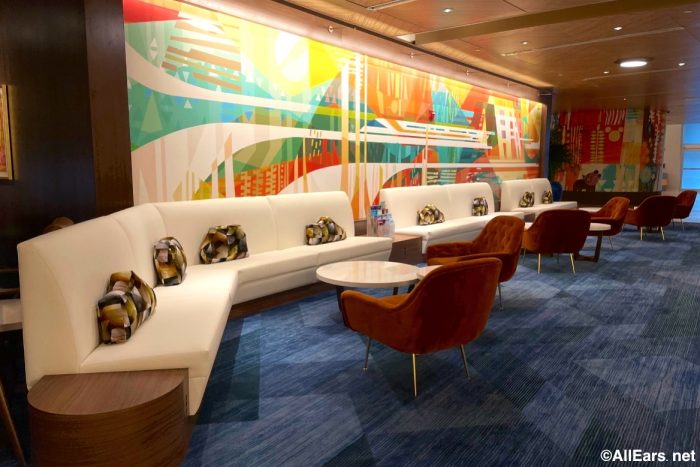
So what’s the story behind Walt Disney World’s original hotels? Let’s find out.
The Story Begins at Disneyland
The story of Walt Disney World’s original hotels actually begins in 1955, 16 years before Walt Disney World opened to the public. In October of that year the Disneyland Hotel opened, just three months after the theme park itself had opened to the public. Like the park, the hotel was an immediate smash hit. The only issue? Disney didn’t see any of the financial benefits of the Disneyland Hotel.

You see, Disney didn’t actually own the Disneyland Hotel. Near the end of Disneyland’s construction, Walt Disney simply didn’t have the available financial resources to construct a hotel. Walt turned to businessman Jack Wrather, granting him rights to use the Disneyland Hotel name.
Over the next 15 years, as Disneyland and the Disneyland Hotel continued their astronomical success, many in the Disney company began to regret not owning the Disneyland Hotel outright (they would eventually acquire the hotel — and the entire Wrather Corporation — in 1988) and vowed not to make the same “mistake” again.
Walt Disney World Resort Roots
Therefore, as planning for the Walt Disney World Resort began in earnest in the mid-late 1960s, Disney-owned hotels were always part of the plan.
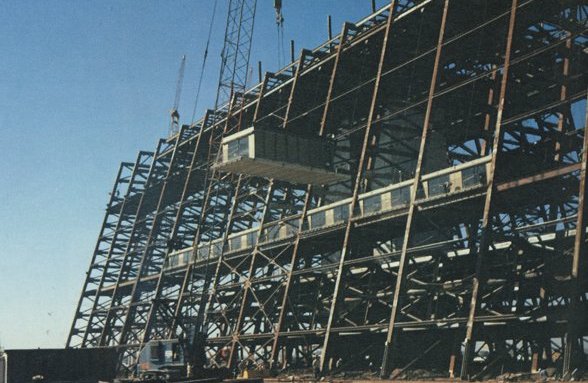
Contemporary Resort
When Walt Disney World opened to the public on October 1, 1971, the massive “Vacation Kingdom of the World” was home to two flagship hotels. The first, and arguably most famous, was the Contemporary Resort. The large A-Frame building — the constriction of which consisted of prefabricated and completed rooms being “slipped” into “slots” in the building’s frame with a giant crane — featured Tomorrowland-adjacent futuristic architecture, state of art amenities, watercraft attractions, several restaurants, and the iconic monorail traveling directly through the building.
The Contemporary became an iconic part of Walt Disney World’s visual iconography right from the beginning, and the image of the monorail passing through the building and its Mary Blair mural-adorned Grand Canyon Concourse is arguably one of the defining sites of the entire resort.

Polynesian Village Resort
Across the Seven Seas Lagoon and just down the monorail from the Contemporary sits Walt Disney World’s second original resort hotel: the Polynesian Village Resort (which was known simply as Disney’s Polynesian Resort from 1985 to 2014). While the Contemporary drew from the aesthetics of Tomorrowland, the Polynesian seemed straight out of the Magic Kingdom’s version of Adventureland.

The resort was themed to Polynesia and the South Pacific, with eight “longhouse” buildings (originally known as Bali Hai, Bora Bora, Fiji, Hawaii, Maui, Samoa, Tahiti and Tonga) built around a Grand Ceremonial House straight out of Tahitian royalty and lush grounds that mimicked the South Pacific.
The Polynesian was originally constructed in the same style of the Contemporary, with pre-built rooms being lifted into the building frame via crane. However, shortly after opening guests at both hotels began receiving guest complaints about a “moldy” smell. Eventually the company discovered that mold and debris had “collected in the spaces between each room” during the construction process. The spaces were cleaned, and all future construction at both hotels have used conventional methods.
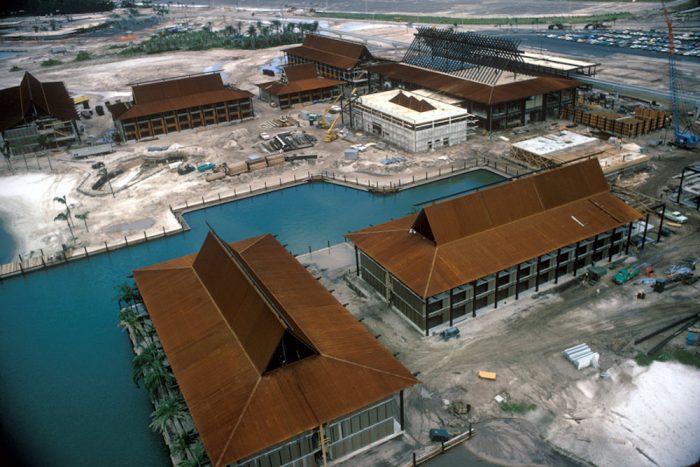
Fort Wilderness Campground
While not a hotel in the traditional sense, the Fort Wilderness Resort and Campground also counts as an “original” Disney World lodging in our book. Opened just over a month after the other two hotels and Magic Kingdom, Fort Wilderness provided RV campsites and log cabins for guests, as well as recreation areas and amenities for guests.
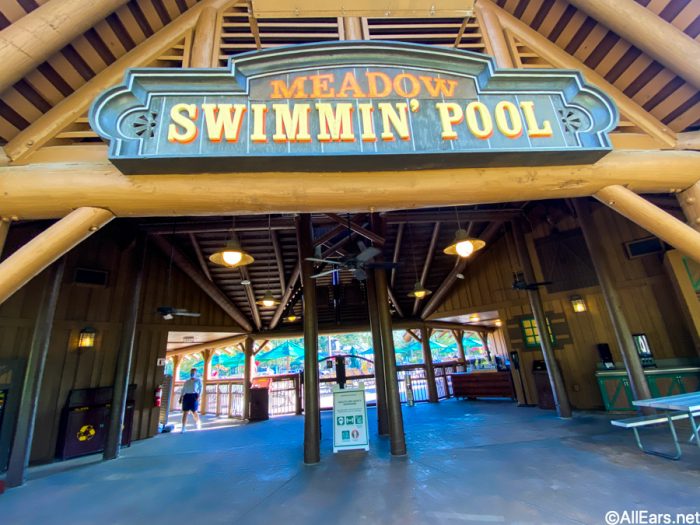
While the campground wasn’t on the monorail line, it still provided a comparatively cheaper alternative for early Walt Disney World guests to sty on Disney property.
Unbuilt Resorts
Initially, Walt Disney World was also planned to include Venetian, Persian, and Asian resorts around the Seven Seas Lagoon shortly after opening. However, budget cuts and the 1970s energy crisis precluded them from being built. We’ve detailed the history behind these unbuilt hotels here.

Have you ever stayed at one of Walt Disney World’s original resort hotels? Are they worth the hype? Let us know in the comments below.
Check out MORE Disney history at the links below!
- We Apologize in Advance, But We MUST Share These Deeply Upsetting Disney World Facts
- NEWS: The Disney Easter Parade Is Happening TODAY in Magic Kingdom
- The Taylor Swift Eras Tour Movie Just Made HISTORY on Disney+!
- If You Remember These Disney World Restaurants, It’s Probably Time To Join AARP
- ‘Inside Out 2’ ALREADY Made Disney History!

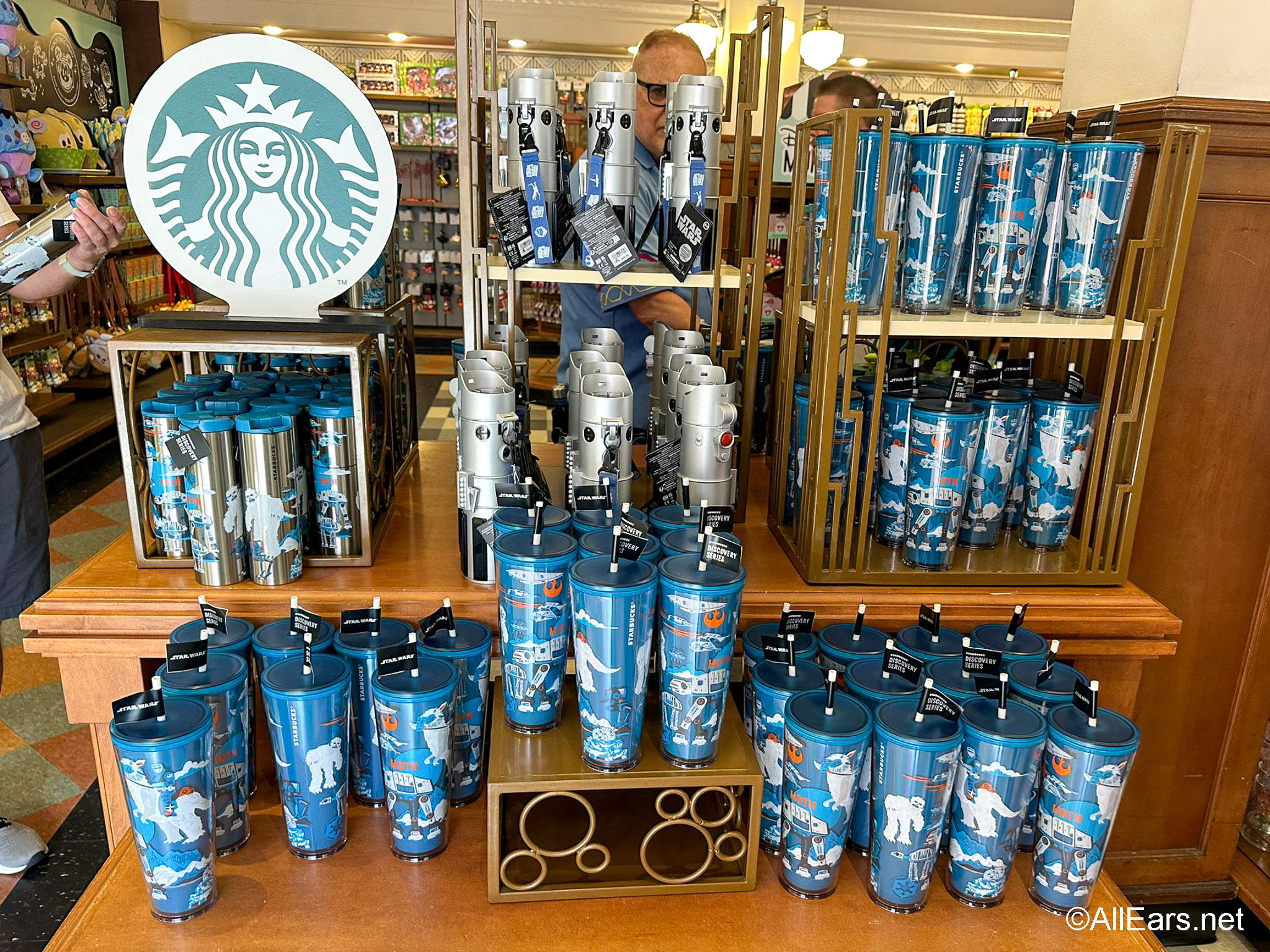
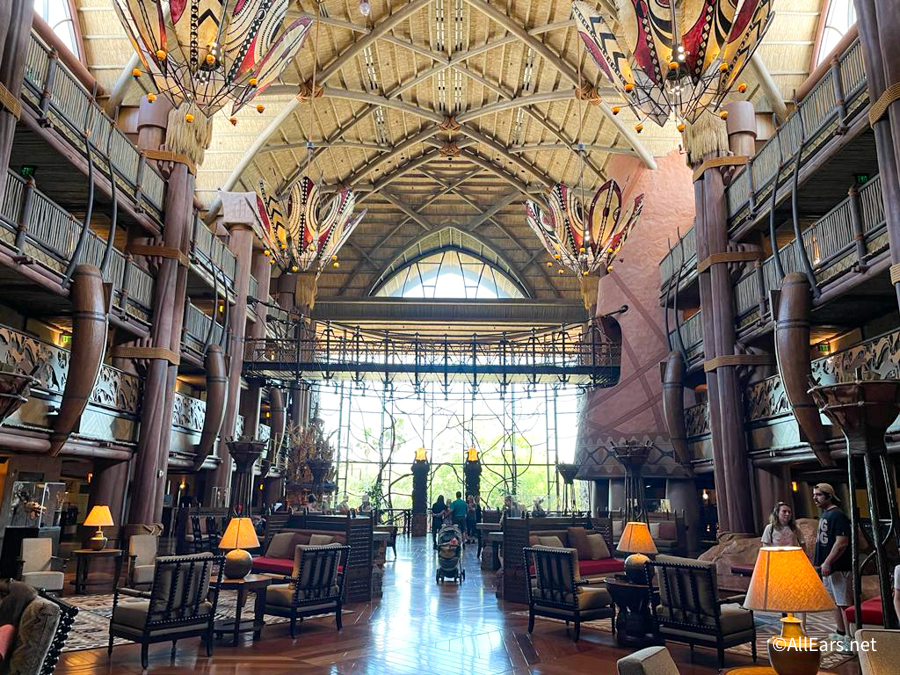


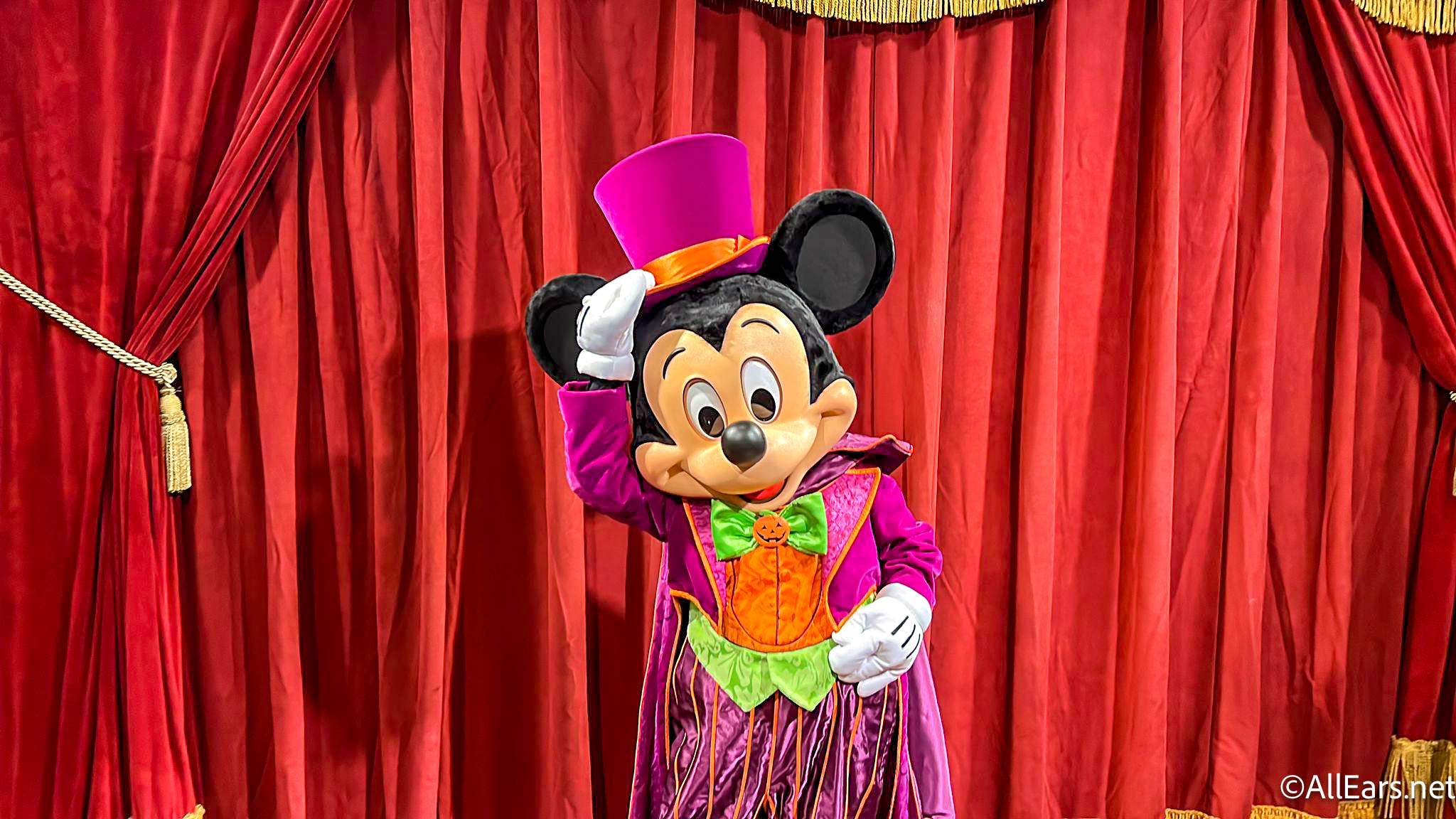
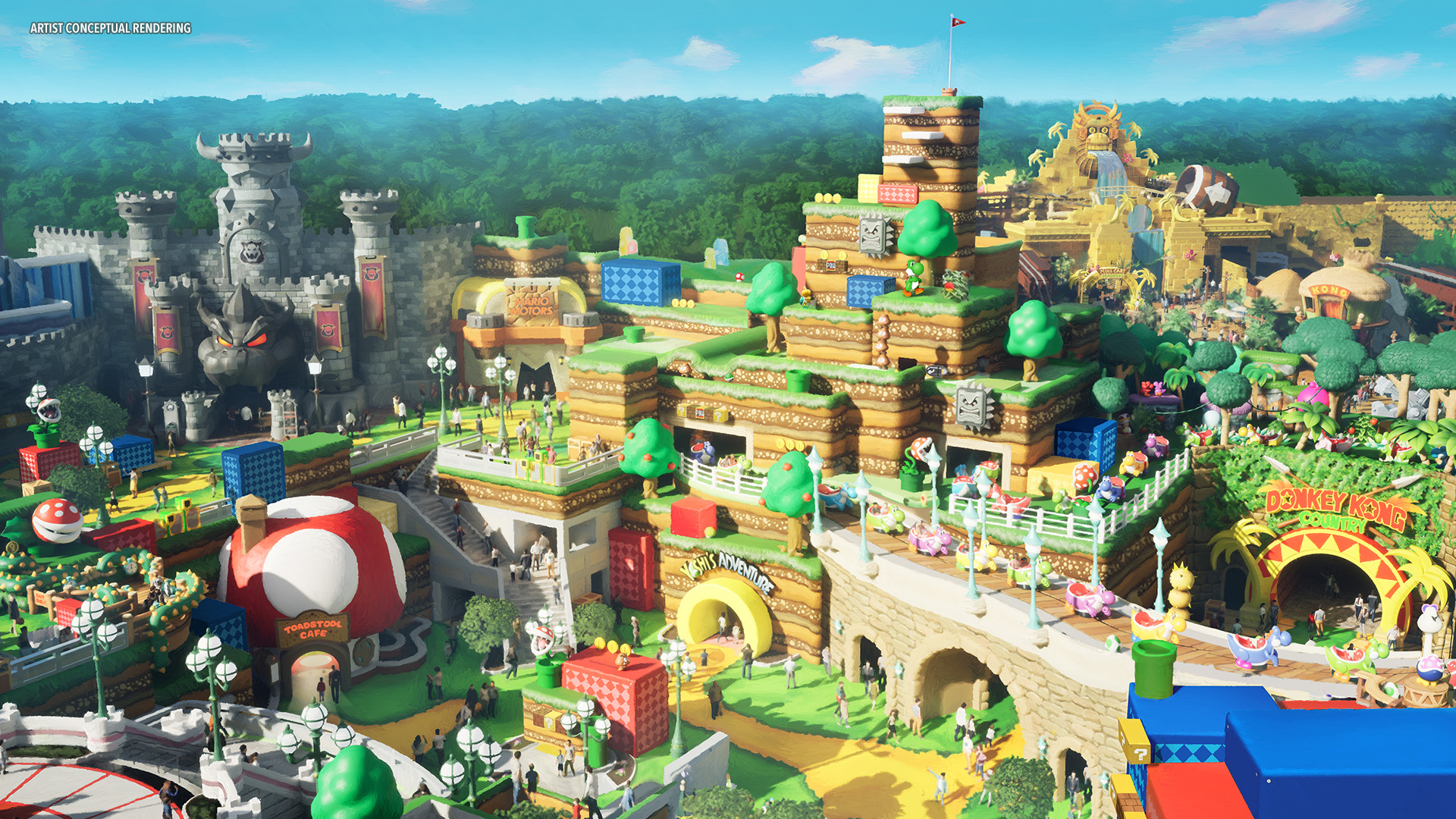


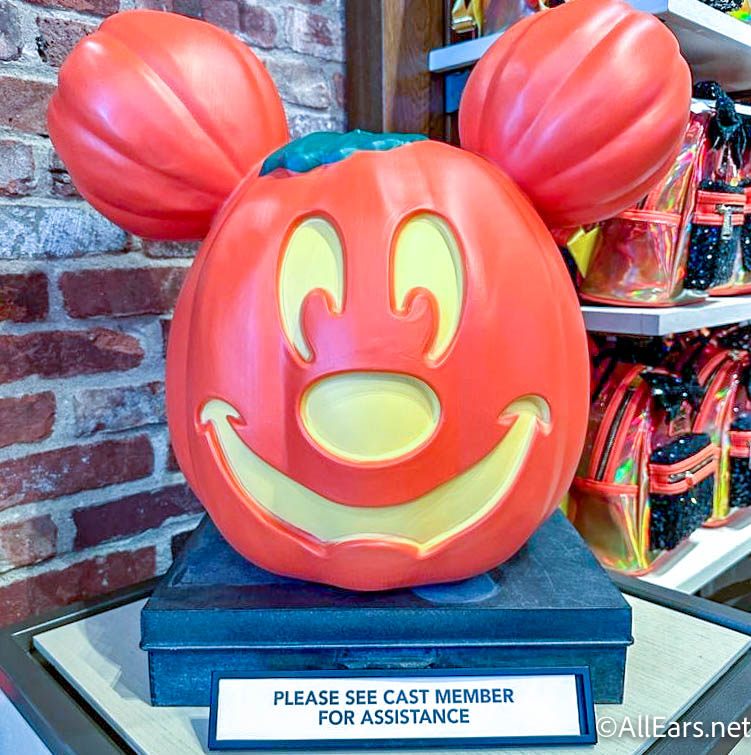
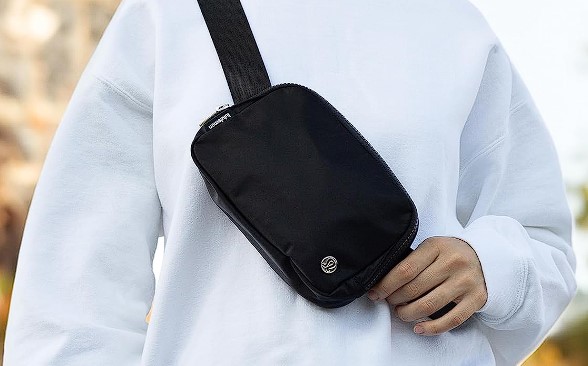

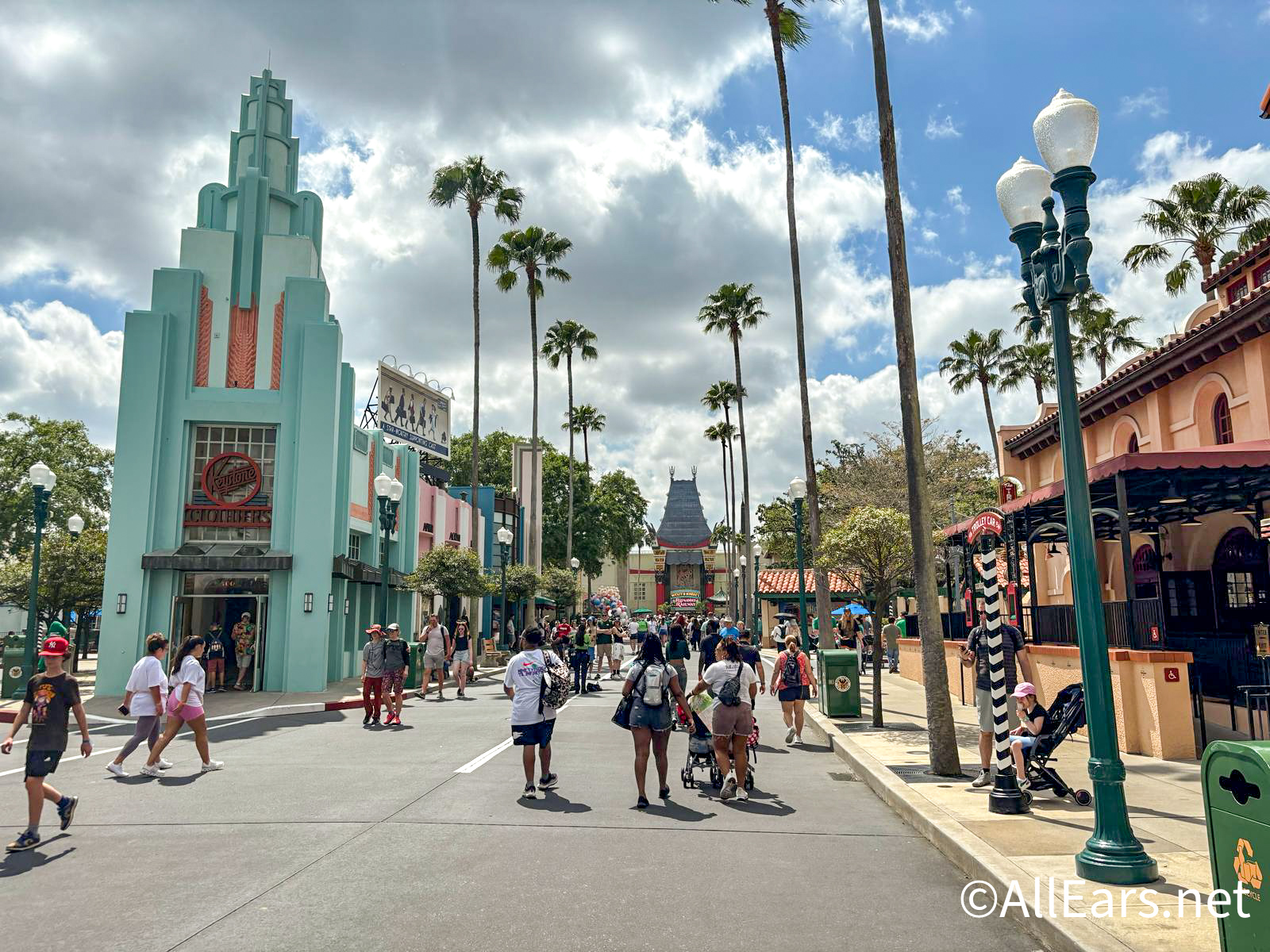
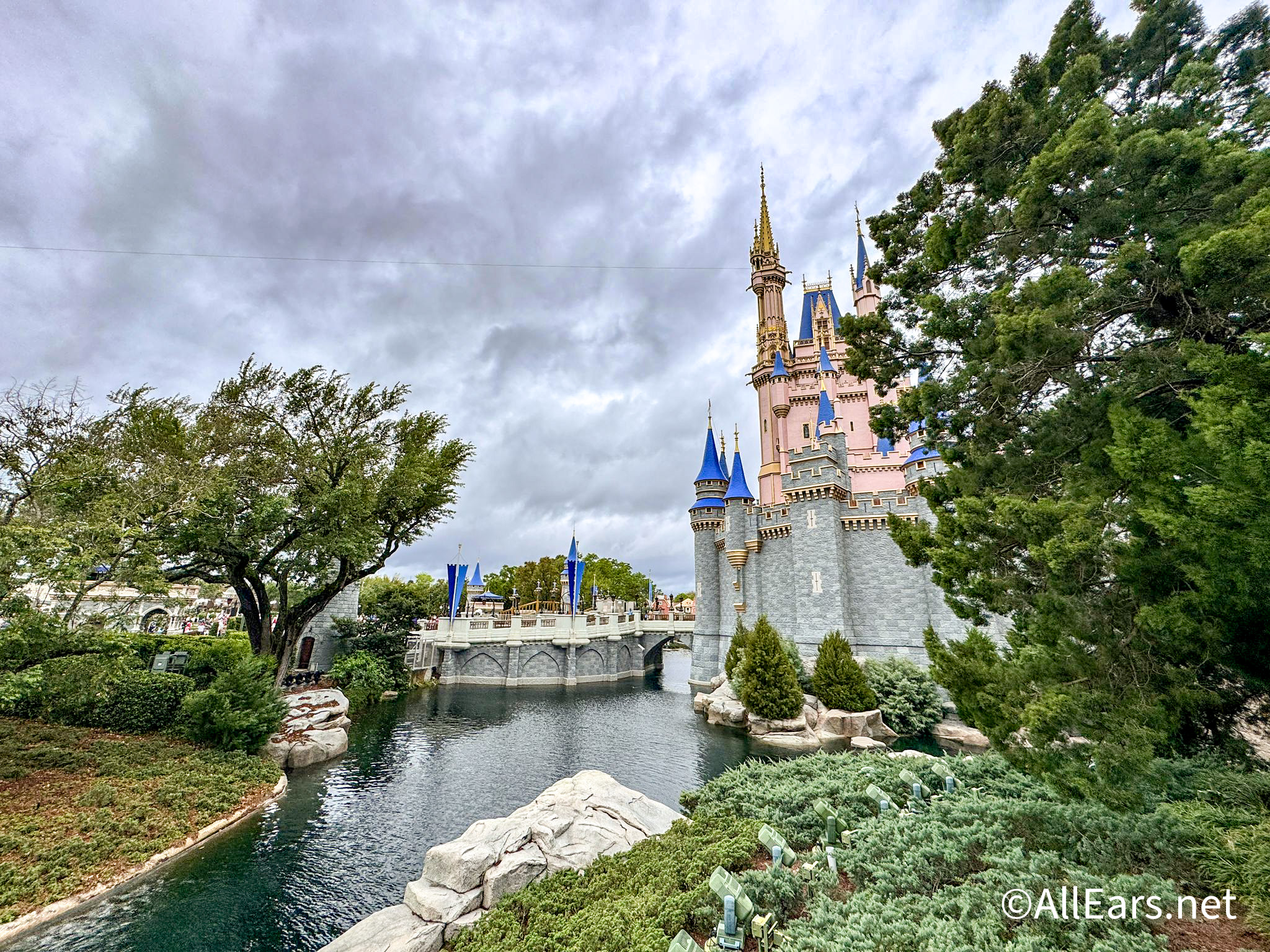
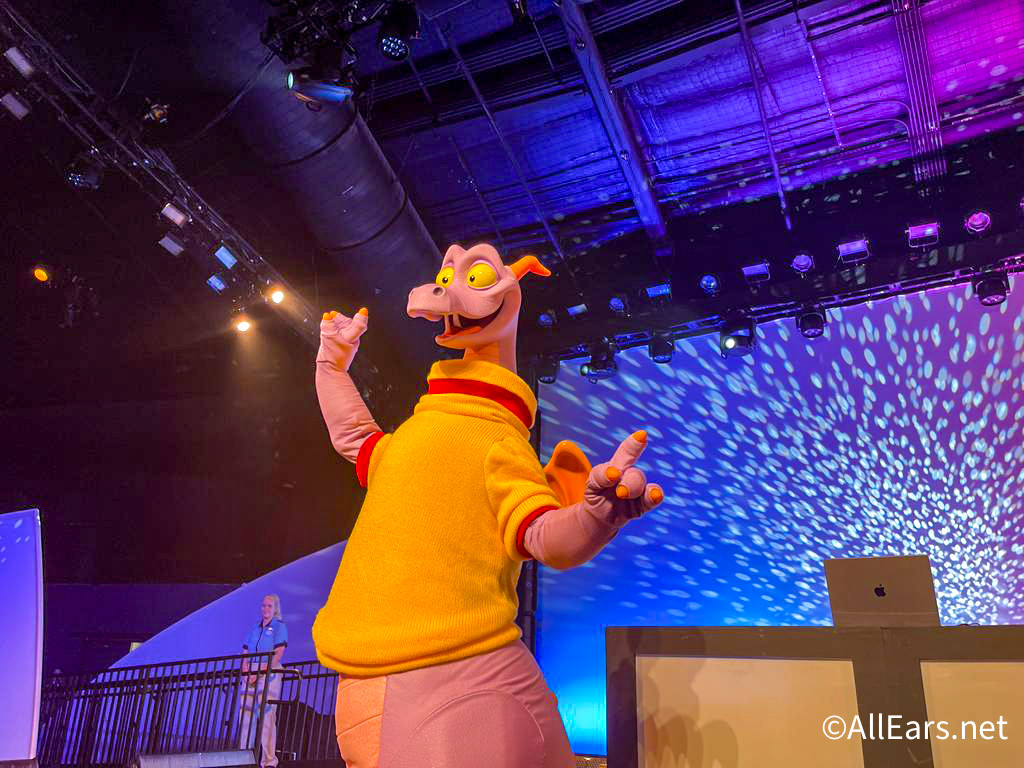
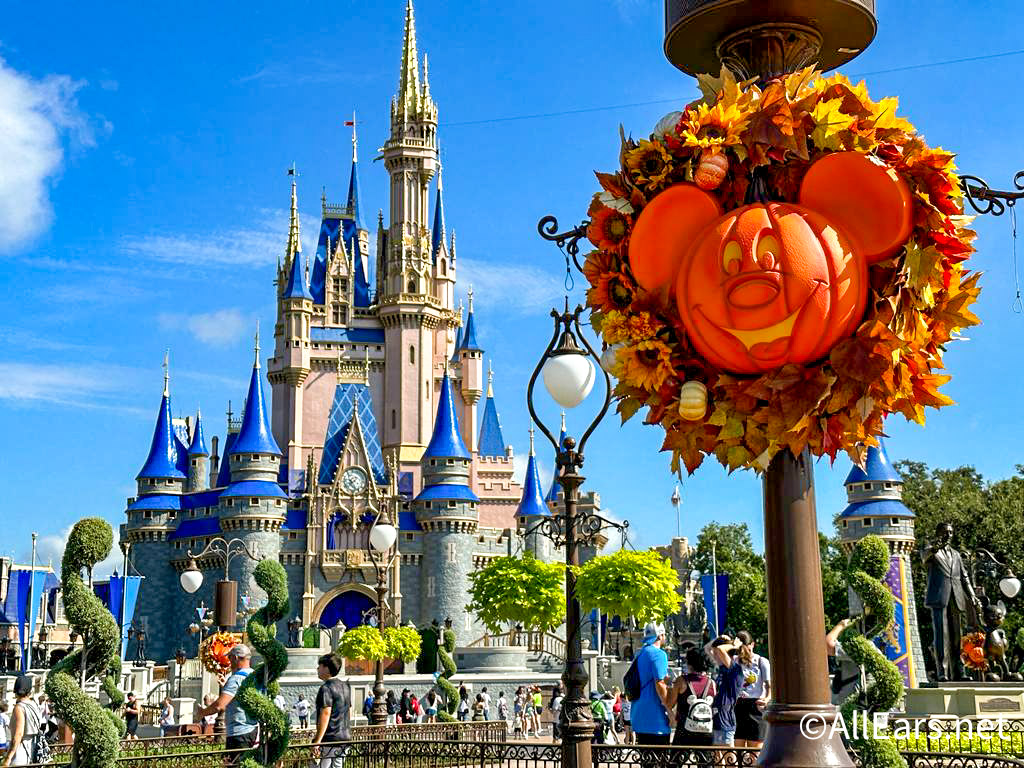
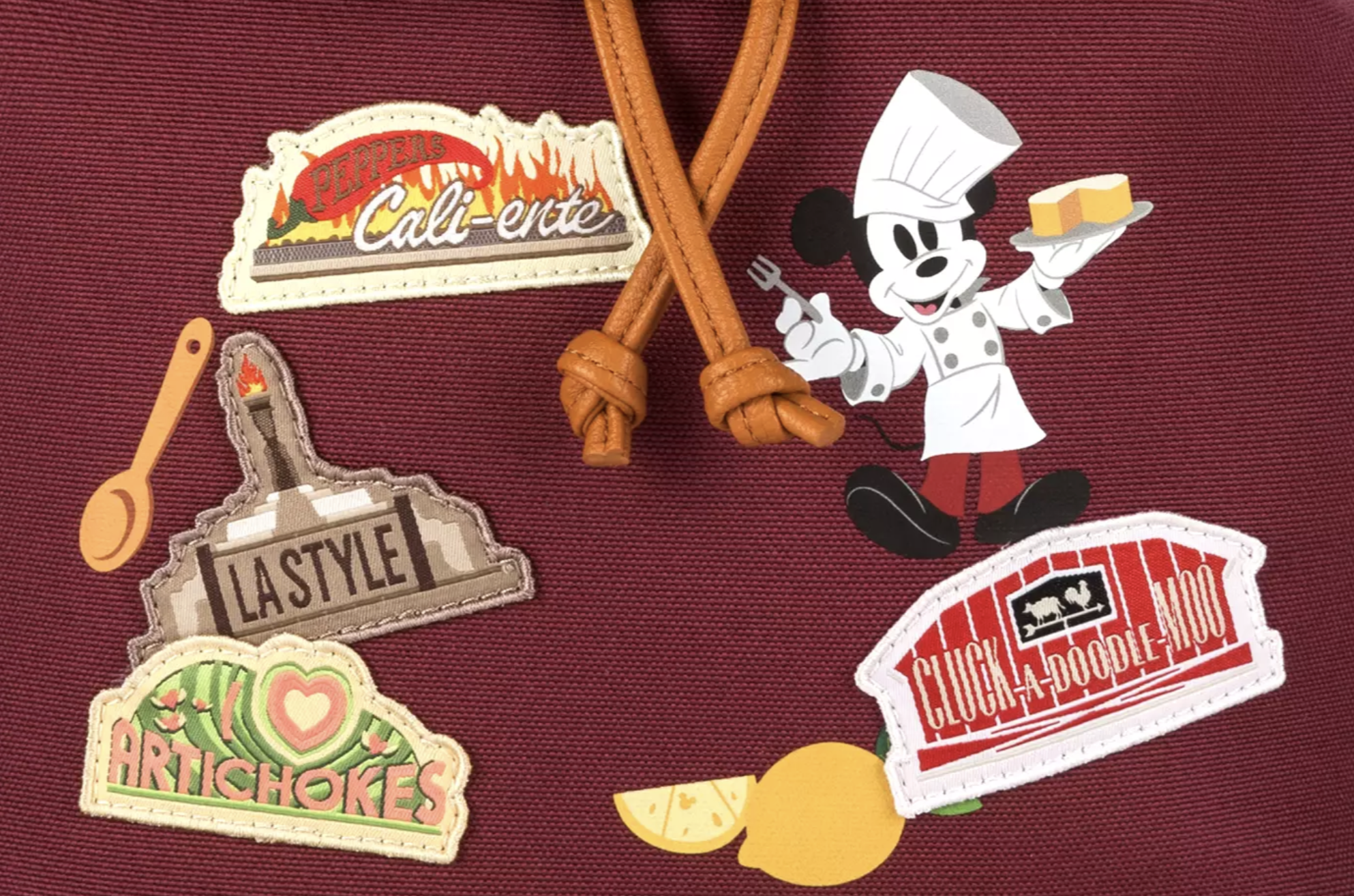
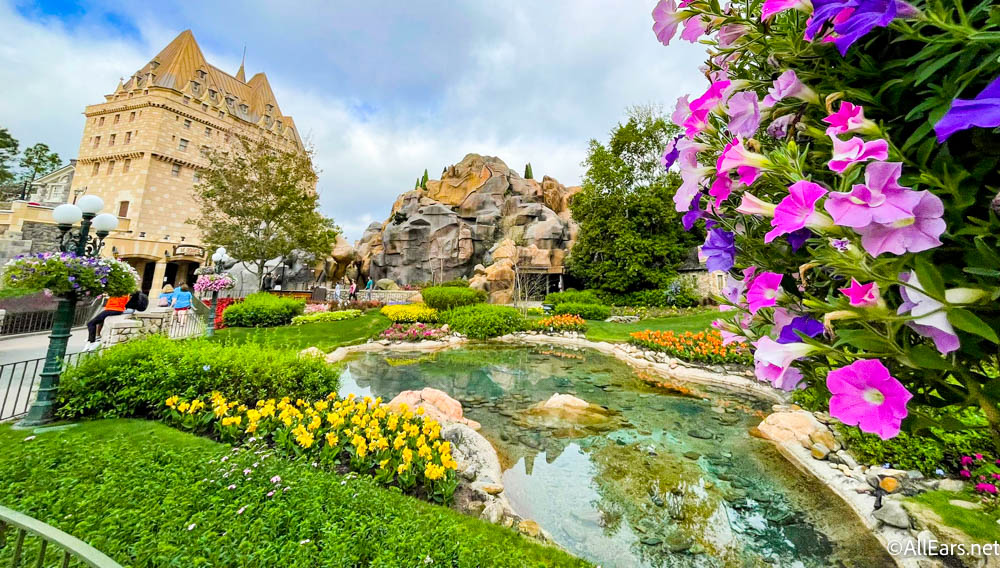
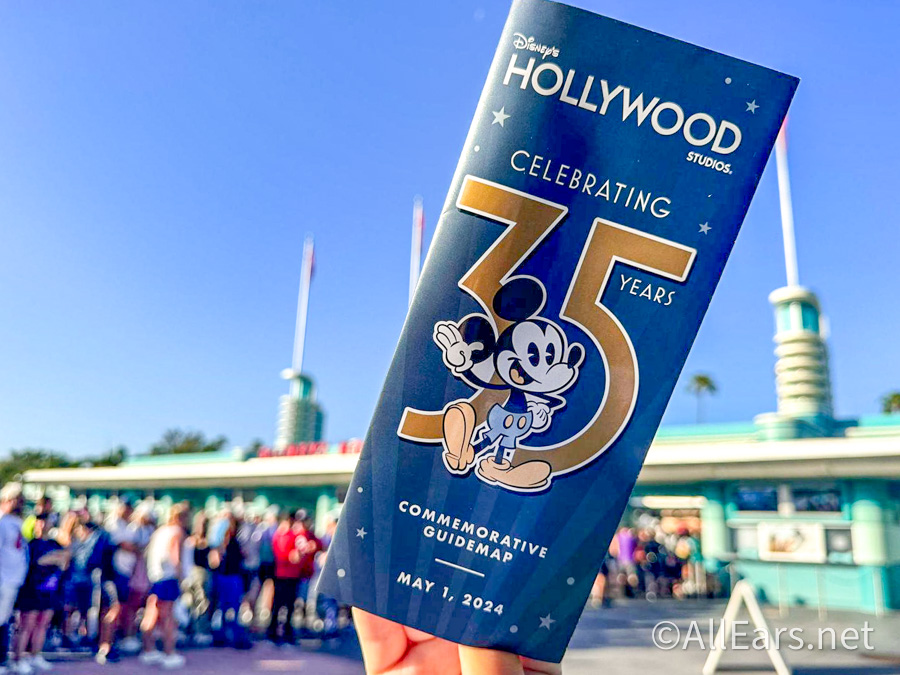
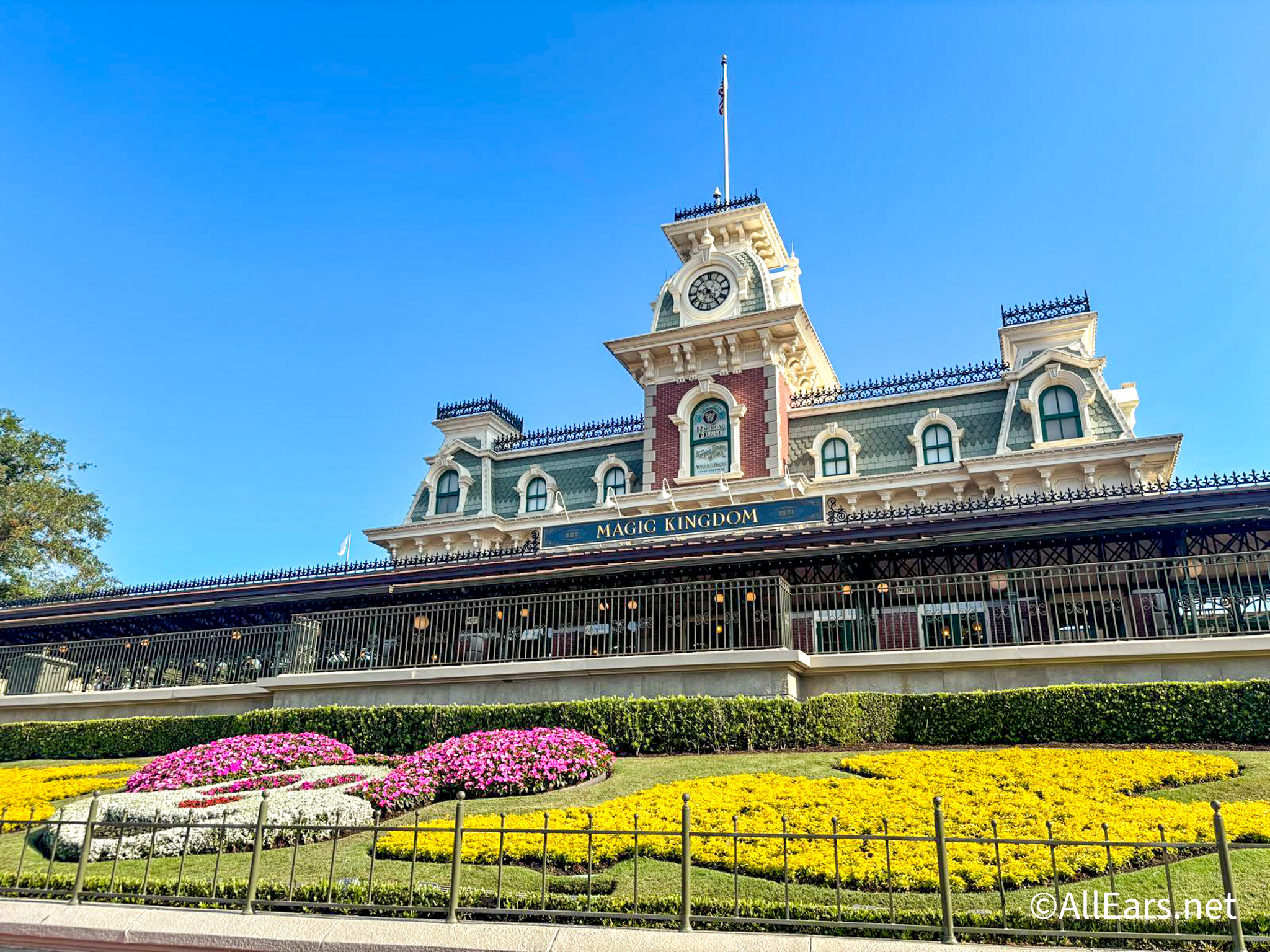
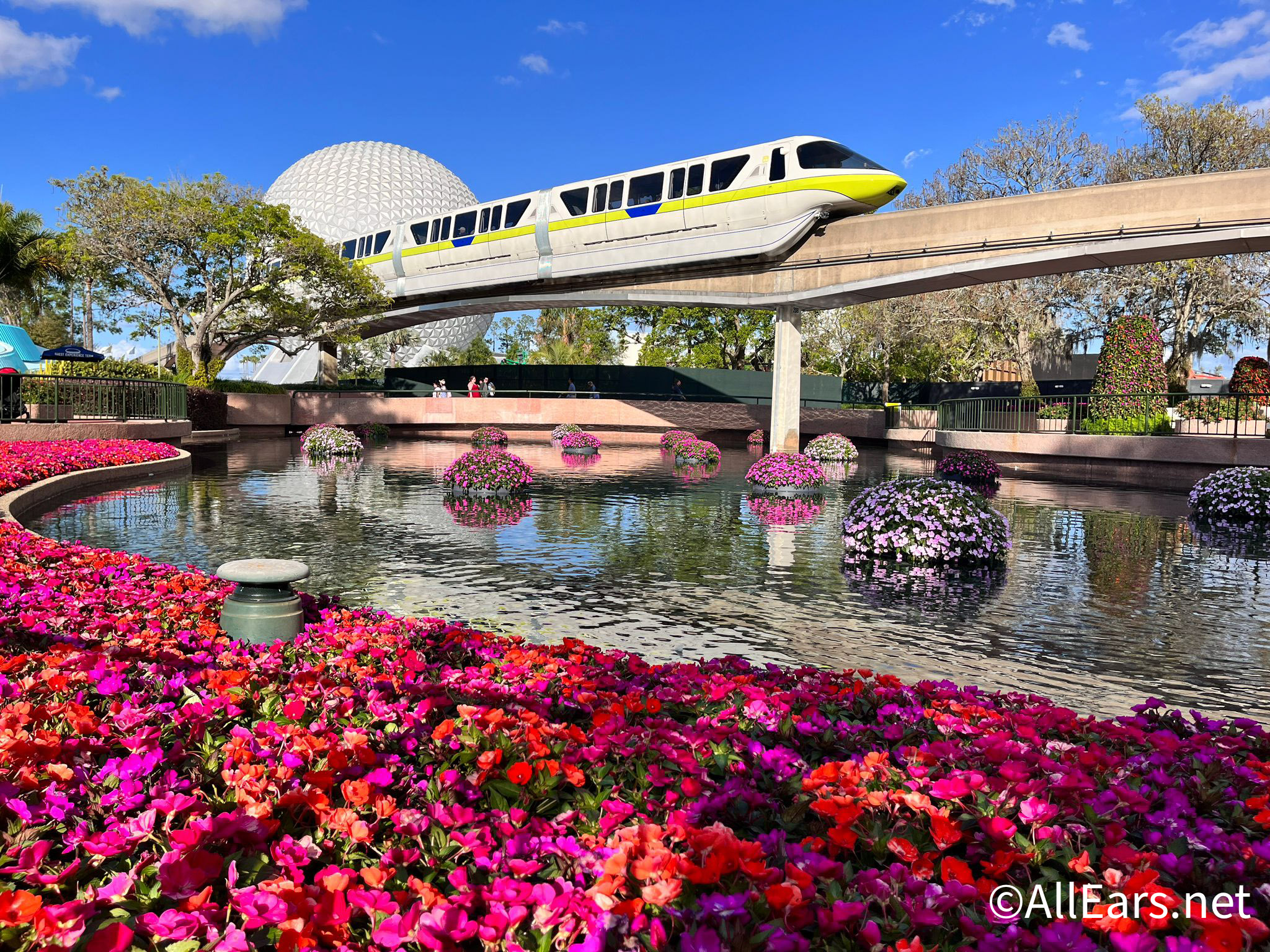

My parents and I stayed in the Polynesian Resort in 1972, when I was 12. To a kid in 1972 the hotels and the entire Disney world experience was amazing.
Although not on the Seven Seas Lagoon or the monorail track, there was also the Golf Resort Hotel, which I believe later became a hotel for military families.
When they went to update the Contemporary, they figured they would just slide the pre-built
rooms out of the A-frame, modernize them, and then slide them back in. Unfortunately,
the A-frame had settled and none of the rooms would slide out! Oops.
How would that even work for the plumbing and electrical, thoug?
Stayed at the iconic Contemporary for our honeymoon in 1982 – my first visit. Been to WDW almost every year since.
Still think it is an awesome place, really like the Grand Floridian, but the Polynesian is our favorite.
Have spent time in most of the resorts but prefer being on the monorail.